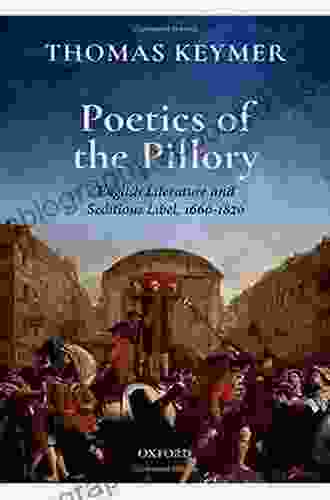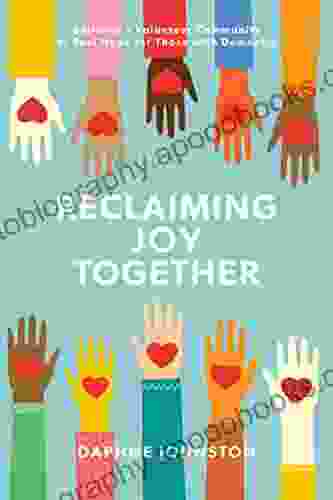English Literature and Seditious Libel 1660-1820: A Journey into the History of Dissent

The Enlightenment witnessed an explosion of ideas and a growing demand for intellectual freedom. However, this period also saw a backlash from those in power, who sought to suppress dissent through laws against seditious libel. This article explores the complex relationship between English literature and seditious libel from 1660 to 1820, delving into the legal battles, famous cases, and literary works that shaped this era.
5 out of 5
| Language | : | English |
| File size | : | 9101 KB |
| Text-to-Speech | : | Enabled |
| Screen Reader | : | Supported |
| Enhanced typesetting | : | Enabled |
| Word Wise | : | Enabled |
| Print length | : | 352 pages |
| Lending | : | Enabled |
The Legal Framework of Seditious Libel
Seditious libel emerged as a potent tool for the English government to control the flow of information. In 1660, the Conventicle Act and the Licensing Act gave the government sweeping powers to censor printed works. These laws defined seditious libel as any publication that "tended to bring into hatred or contempt, or to excite disaffection against the King or the Government, or the established law or constitution of the realm."
The legal definition of seditious libel was highly subjective, allowing the government to prosecute a wide range of writings, from political tracts to satirical poems. Authors and publishers faced harsh penalties, including fines, imprisonment, and even the death penalty.
Literary Resistance and Dissent
Despite the threat of prosecution, many writers used literature as a means of expressing dissent and challenging the government. John Milton's "Areopagitica" (1644),a passionate defense of free speech, became a key text for proponents of intellectual freedom. Other writers, such as Jonathan Swift and Daniel Defoe, employed satire and allegory to criticize the government and its policies.
The trials of prominent writers, such as John Wilkes and William Hone, became focal points for public debate about the limits of free speech. Wilkes, a radical journalist, was imprisoned for publishing an article criticizing the government. Hone, a political satirist, was acquitted for parodying the government's religious liturgy. These trials highlighted the tension between the government's desire for control and the public's demand for freedom of expression.
The Enlightenment's Struggle for Intellectual Freedom
The Enlightenment thinkers played a crucial role in shaping the debate over seditious libel. William Blackstone, a renowned legal scholar, argued for a more restrictive definition of seditious libel, emphasizing the need to protect the government from malicious attacks. Edmund Burke, on the other hand, defended the right to criticize the government, arguing that free speech was essential for a healthy society.
The influence of the Enlightenment led to a gradual shift in attitudes towards seditious libel. In 1792, the government passed the Fox's Libel Act, which established a jury's right to determine whether a publication was seditious. This act gave writers greater protection from prosecution, although the threat of seditious libel remained.
The Legacy of Seditious Libel
The history of seditious libel in English literature provides a valuable lesson about the importance of free speech and the challenges that come with it. The writers and publishers who risked their lives to challenge the government's censorship helped to shape the foundations of modern democracy.
Today, the legacy of seditious libel continues to resonate in debates about freedom of expression and the role of government in limiting dissent. By understanding the historical context of seditious libel, we can better appreciate the fragility of free speech and the need to protect it.

Explore Further
- English Literature and Seditious Libel 1660-1820: Clarendon Lectures in English
- The History of Seditious Libel in England
- The Trial of John Wilkes: A Case Study in Seditious Libel
5 out of 5
| Language | : | English |
| File size | : | 9101 KB |
| Text-to-Speech | : | Enabled |
| Screen Reader | : | Supported |
| Enhanced typesetting | : | Enabled |
| Word Wise | : | Enabled |
| Print length | : | 352 pages |
| Lending | : | Enabled |
Do you want to contribute by writing guest posts on this blog?
Please contact us and send us a resume of previous articles that you have written.
 Book
Book Novel
Novel Page
Page Chapter
Chapter Text
Text Story
Story Genre
Genre Reader
Reader Library
Library Paperback
Paperback E-book
E-book Magazine
Magazine Newspaper
Newspaper Paragraph
Paragraph Sentence
Sentence Bookmark
Bookmark Shelf
Shelf Glossary
Glossary Bibliography
Bibliography Foreword
Foreword Preface
Preface Synopsis
Synopsis Annotation
Annotation Footnote
Footnote Manuscript
Manuscript Scroll
Scroll Codex
Codex Tome
Tome Bestseller
Bestseller Classics
Classics Library card
Library card Narrative
Narrative Biography
Biography Autobiography
Autobiography Memoir
Memoir Reference
Reference Encyclopedia
Encyclopedia Alanna Okun
Alanna Okun Rebecca Cantrell
Rebecca Cantrell Alan Frost
Alan Frost Lisa Savy
Lisa Savy Alan J Harrison
Alan J Harrison Lucas Pogrzebny
Lucas Pogrzebny Albert M Sandler
Albert M Sandler Alan R Adaschik
Alan R Adaschik Greg Pak
Greg Pak Henry Hallam
Henry Hallam Paul Jennings
Paul Jennings Barbara H Cline
Barbara H Cline Franklin Foer
Franklin Foer Michael Vance
Michael Vance Silvia Moon
Silvia Moon Robert Bakss
Robert Bakss Alankruti Naik
Alankruti Naik Laura Meek
Laura Meek Aj Pearce
Aj Pearce Robert Daudish
Robert Daudish
Light bulbAdvertise smarter! Our strategic ad space ensures maximum exposure. Reserve your spot today!

 Leo MitchellJohnny Thunders Sleeve Notes: The Ultimate Guide to the Heartbreakers' Raw...
Leo MitchellJohnny Thunders Sleeve Notes: The Ultimate Guide to the Heartbreakers' Raw... Geoffrey BlairFollow ·17.5k
Geoffrey BlairFollow ·17.5k Kirk HayesFollow ·9.7k
Kirk HayesFollow ·9.7k Cristian CoxFollow ·19.7k
Cristian CoxFollow ·19.7k J.R.R. TolkienFollow ·3.1k
J.R.R. TolkienFollow ·3.1k George MartinFollow ·19k
George MartinFollow ·19k Leo MitchellFollow ·19k
Leo MitchellFollow ·19k Beau CarterFollow ·7.3k
Beau CarterFollow ·7.3k Natsume SōsekiFollow ·7.6k
Natsume SōsekiFollow ·7.6k
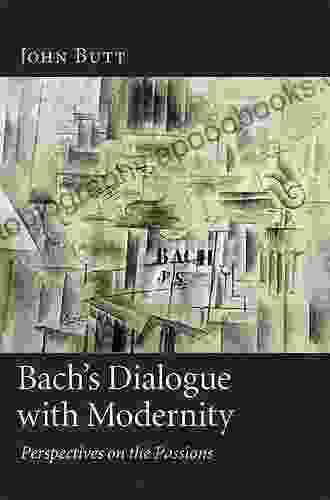
 W. Somerset Maugham
W. Somerset MaughamBach Dialogue With Modernity: A Journey Through Time and...
Prelude: Bach's Timeless...

 Ted Simmons
Ted SimmonsAsher Heroes At Heart Maryann Jordan: The Essential Guide...
Are you ready to...

 Paulo Coelho
Paulo CoelhoVienna Spies: Uncover the Hidden World of Espionage in...
Vienna has long...
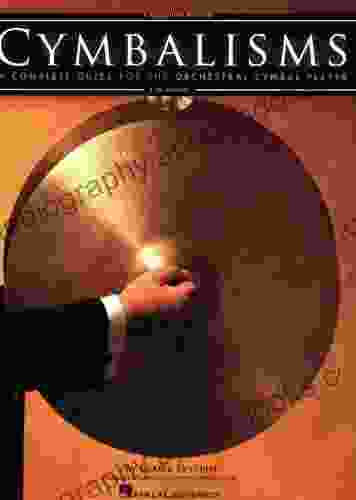
 Herman Melville
Herman MelvilleThe Complete Guide to Orchestral Cymbal Playing:...
Step into the vibrant...
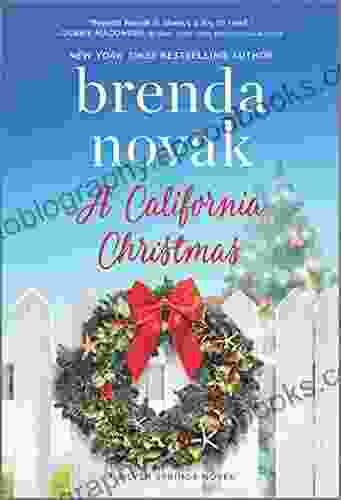
 Rubén Darío
Rubén DaríoEscape into a Holiday Haven with California Christmas...
Embark on a heartwarming and festive journey...
5 out of 5
| Language | : | English |
| File size | : | 9101 KB |
| Text-to-Speech | : | Enabled |
| Screen Reader | : | Supported |
| Enhanced typesetting | : | Enabled |
| Word Wise | : | Enabled |
| Print length | : | 352 pages |
| Lending | : | Enabled |


